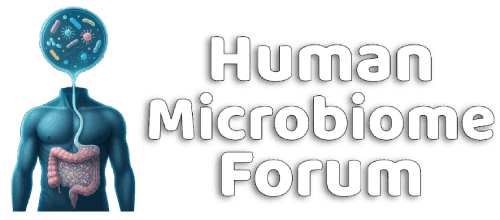Michael Harrop
Well-known member
https://microbiomejournal.biomedcentral.com/articles/10.1186/s40168-024-01820-1
A group from the University of Copenhagen, Denmark.
Pure saline had a similar result as FMT?? Yep:
Definitely wait for a replication of this study before drawing conclusions.
This is also limited to C.diff, which is much easier to treat with FMT (IE: can get away with low-quality donors) than other conditions.
A group from the University of Copenhagen, Denmark.
Abstract
Background
Fecal microbiota transplantation (FMT) and fecal virome transplantation (FVT, sterile filtrated donor feces) have been effective in treating recurrent Clostridioides difficile infections, possibly through bacteriophage-mediated modulation of the gut microbiome. However, challenges like donor variability, costly screening, coupled with concerns over pathogen transfer (incl. eukaryotic viruses) with FMT or FVT hinder their wider clinical application in treating less acute diseases.
Methods
To overcome these challenges, we developed methods to broaden FVT’s clinical application while maintaining efficacy and increasing safety. Specifically, we employed the following approaches: (1) chemostat-fermentation to reproduce the bacteriophage FVT donor component and remove eukaryotic viruses (FVT-ChP), (2) solvent-detergent treatment to inactivate enveloped viruses (FVT-SDT), and (3) pyronin-Y treatment to inhibit RNA virus replication (FVT-PyT). We assessed the efficacy of these processed FVTs in a C. difficile infection mouse model and compared them with untreated FVT (FVT-UnT), FMT, and saline.
Results
FVT-SDT, FVT-UnT, and FVT-ChP reduced the incidence of mice reaching the humane endpoint (0/8, 2/7, and 3/8, respectively) compared to FMT, FVT-PyT, and saline (5/8, 7/8, and 5/7, respectively) and significantly reduced the load of colonizing C. difficile cells and associated toxin A/B levels. There was a potential elimination of C. difficile colonization, with seven out of eight mice treated with FVT-SDT testing negative with qPCR. In contrast, all other treatments exhibited the continued presence of C. difficile. Moreover, the results were supported by changes in the gut microbiome profiles, cecal cytokine levels, and histopathological findings. Assessment of viral engraftment following FMT/FVT treatment and host-phage correlations analysis suggested that transfer of phages likely were an important contributing factor associated with treatment efficacy.
Conclusions
This proof-of-concept study shows that specific modifications of FVT hold promise in addressing challenges related to donor variability and infection risks. Two strategies lead to treatments significantly limiting C. difficile colonization in mice, with solvent/detergent treatment and chemostat propagation of donor phages emerging as promising approaches.
Pure saline had a similar result as FMT?? Yep:
FMT is linked to a treatment efficacy above 90% in preclinical [32] and clinical C. difficile infection studies [5]; however, the survival rate of FMT treated mice was unexpectedly observed as similar to the saline group.
Definitely wait for a replication of this study before drawing conclusions.
This is also limited to C.diff, which is much easier to treat with FMT (IE: can get away with low-quality donors) than other conditions.
- Format correct?
- Yes
